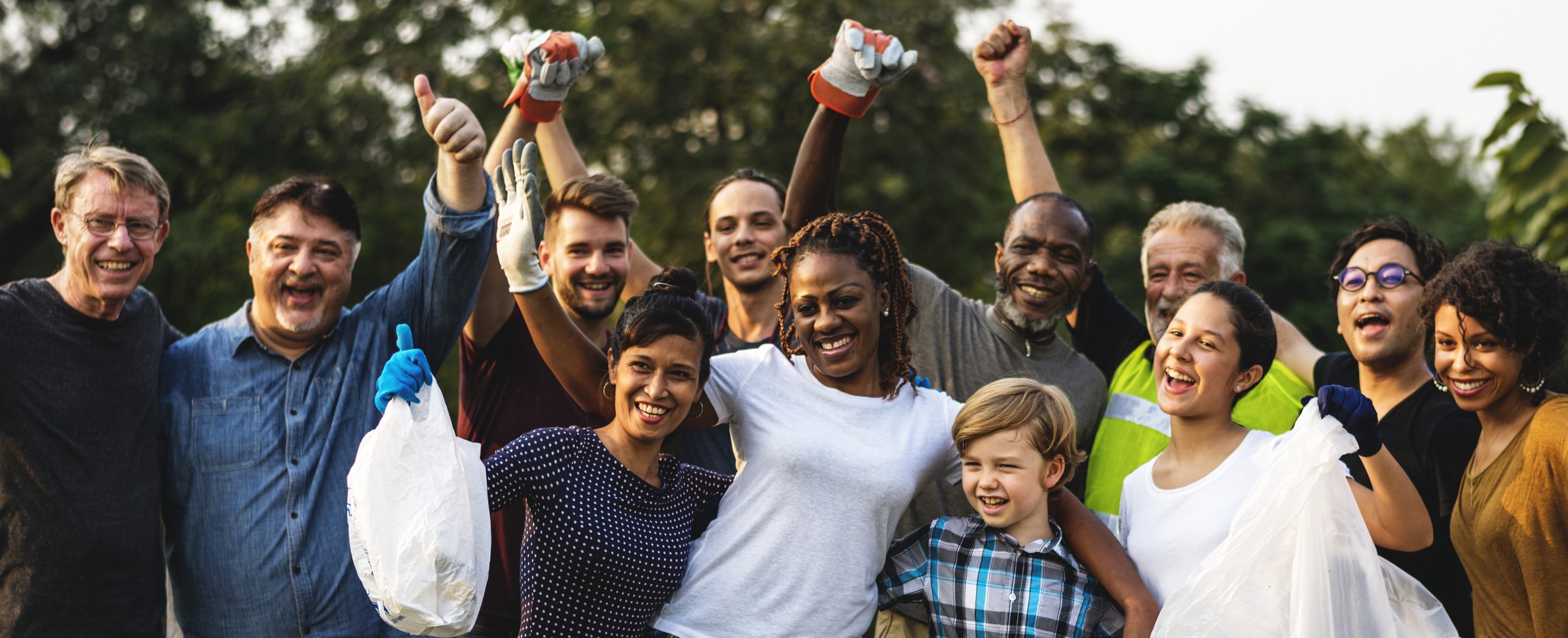
Thriving communities
-
Help Ramsey County communities protect against the effects of climate change.
-
Limit the impacts of climate change. Increase public and critical facilities’ ability to withstand the impacts of climate change and operate during emergencies.
Goal 1: Provide technical assistance, tools, and data
-
Help residents understand how and where the county is improving community resilience.
-
Improve access to climate information, including translated material.
-
Map county resources and communities most at risk of negative impacts from climate change.
-
Integrate adaptation strategies into county hazard mitigation plans. Work with underrepresented and climate vulnerable communities. Help them plan for extreme weather events.
Goal 2: Support information sharing and learning through community networks.
-
Host community conversations with residents to ensure the county is meeting community needs. Continuously improve outreach methods based on feedback from community.
-
Participate in underrecognized and climate vulnerable community-led events and conversations. Develop authentic, trust-based relationships and programs and services, based on changing community vulnerabilities and needs.
-
Rely on trusted messengers or hire climate navigators to inform residents about available resources.
-
Provide technical assistance to Ramsey County cities to develop and share adaptation resources across communities.
-
Engage with partners to utilize up-to-date climate modeling data, technical assistance and research on building adaptation strategies.
-
Develop and implement programs, best practices, resources, incentives and communications with residents to encourage more sustainable behaviors and use of sustainable materials and products.
Goal 3: Protect culturally important activities
-
Work with underrepresented and climate-vulnerable communities to support and co-develop projects that acknowledge and address the impacts of changing ecosystems on mental health and wellbeing.
-
Protect and restore outdoor spaces from extreme weather impacts by collaborating with outdoor recreational stakeholders and partners who represent their communities.
-
Collaborate with underrepresented and vulnerable communities, and community-based organizations to identify and protect culturally-significant places.
Goal 4: Pursue resilient infrastructure and critical facilities updates
-
Measure and share information about safe and sufficient drinking water.
-
Assess vulnerabilities and develop a financial plan for improvements to county-owned critical facilities. Use climate projections to identify ways to ensure continuity of operations.
-
Collaborate with communities, local organizations and local governments to create resilience hubs based in community centers or other public buildings. These would provide culturally responsive services and support during climate-related events, such as extreme heat, extreme cold, flooding, air quality alerts and power loss.
-
Increase water storage and water management to hold or distribute water during and after large rain events in urban landscapes. This includes restoring wetlands to protect buildings and infrastructure and support watershed health.
-
Reduce consumption and support reuse of water to increase resilience to drought.
-
Identify and mitigate risk in areas beyond current FEMA-mapped floodplain areas.
-
Provide information to help residents reuse water for increased resilience to drought.
-
Use green stormwater practices in county-funded and/or owned developments and along roadways to increase resilience to floods.
Goal 5: Reduce waste and promote reuse
-
Develop and implement programs that increase composting across the county to build soil health.
-
Reduce barriers for local and regional food donation and food rescue organizations, and climate sensitive food-to-animal programs.
-
Expand access to waste reduction strategies such as compost facilities and anaerobic digestion.
-
Educate the public about preventing wasted food, zero waste challenges and building stronger food security networks.
-
Offer incentives for beneficial uses for wood waste from increased tree pests, diseases, and more frequent storms.
Cross-plan connections

Connections to Clean Transportation: Transportation networks provide connectivity between underrecognized and vulnerable residents and critical resources.
Connections to climate smart natural lands: Increases in tree canopy and improvements in soil health. Increase community resilience to extreme heat and flooding.
Connections to Clean Energy and Efficient Buildings: Reductions in greenhouse gas emissions will slow the progress of climate change allowing communities more time to prepare and adapt.
Connections to Healthy Lives: The mental and physical health of community members affects their capacity to thrive, and health-based services provide critical support in emergencies.
Connections to Clean Economy: Financial security found through the development of green technology helps individuals, families and communities thrive.